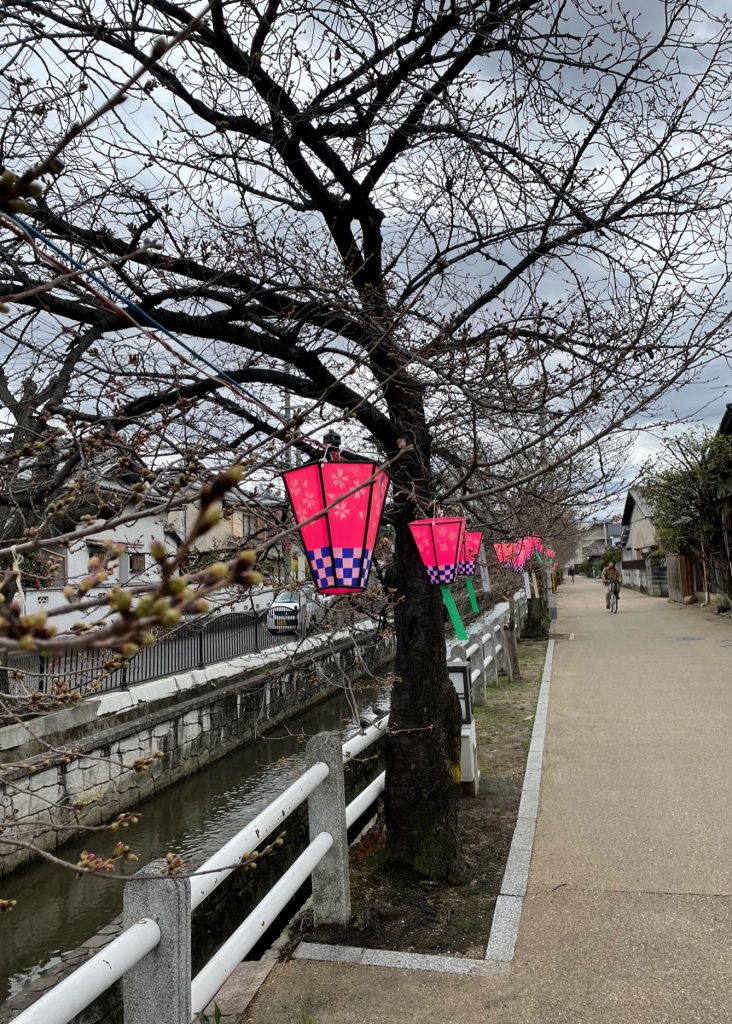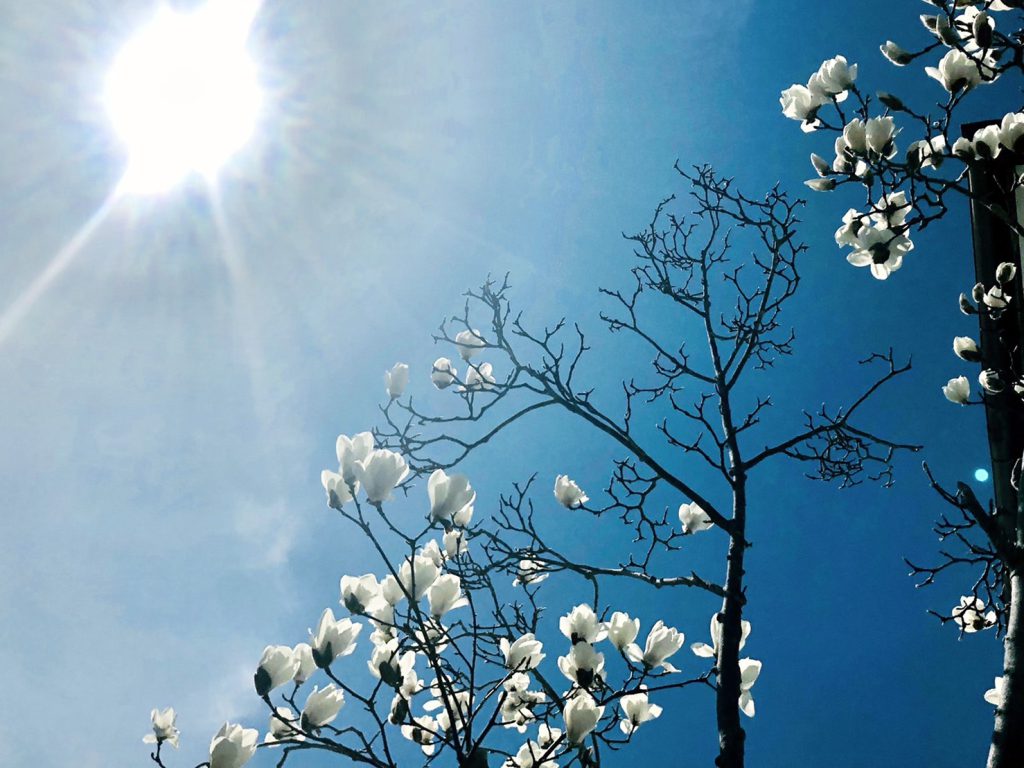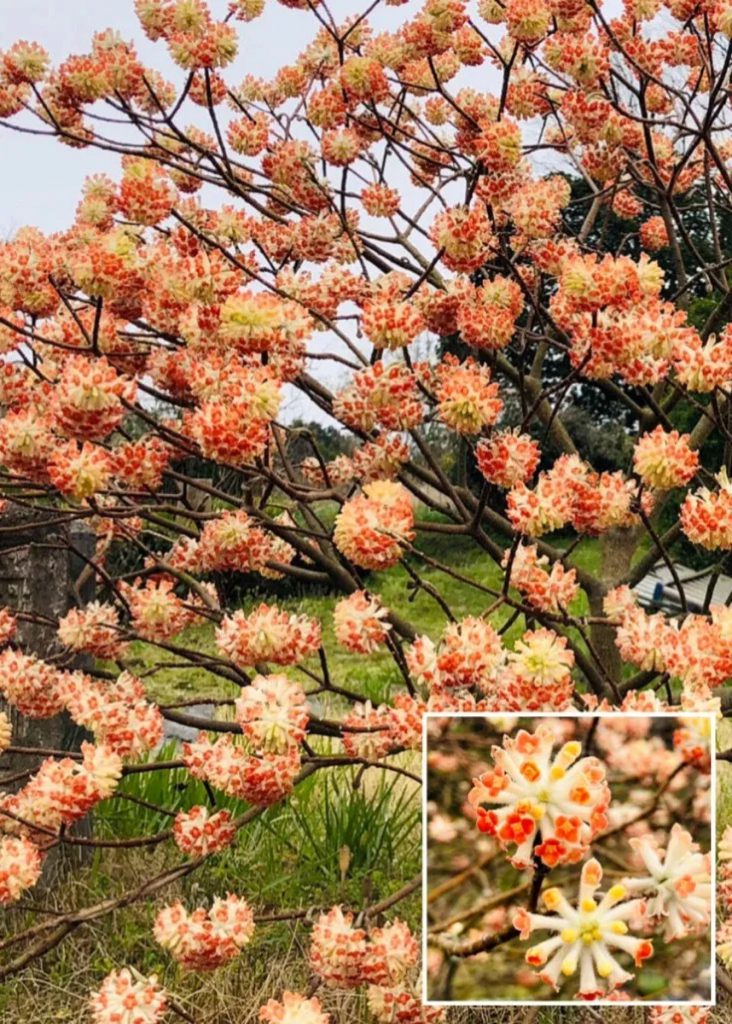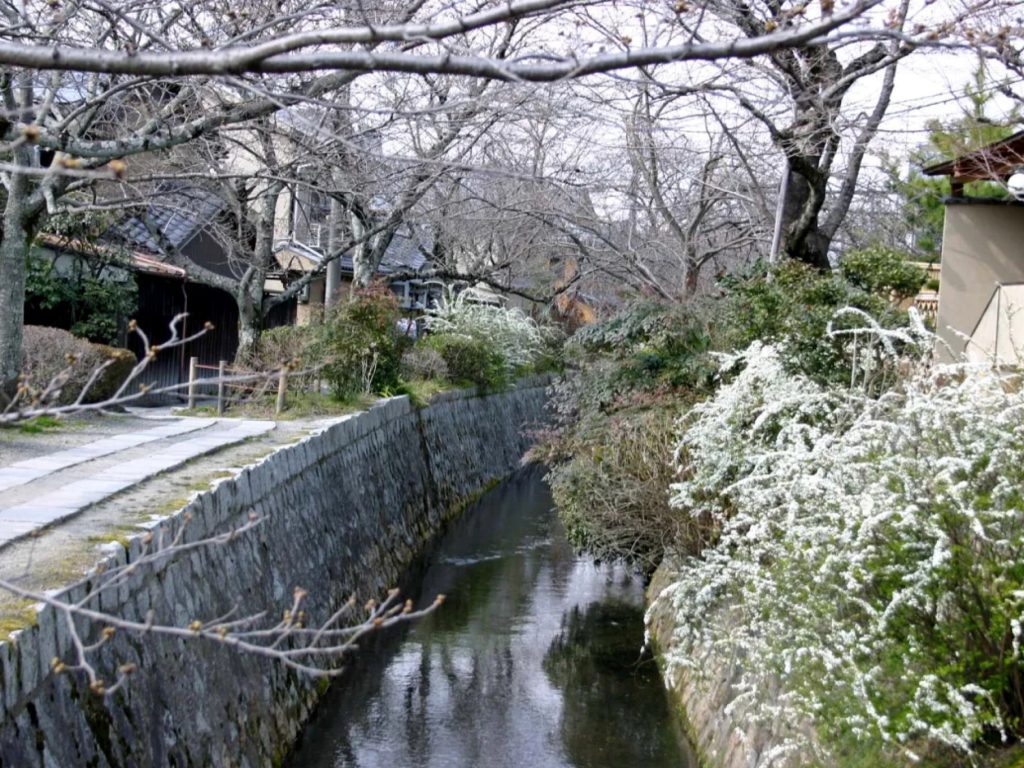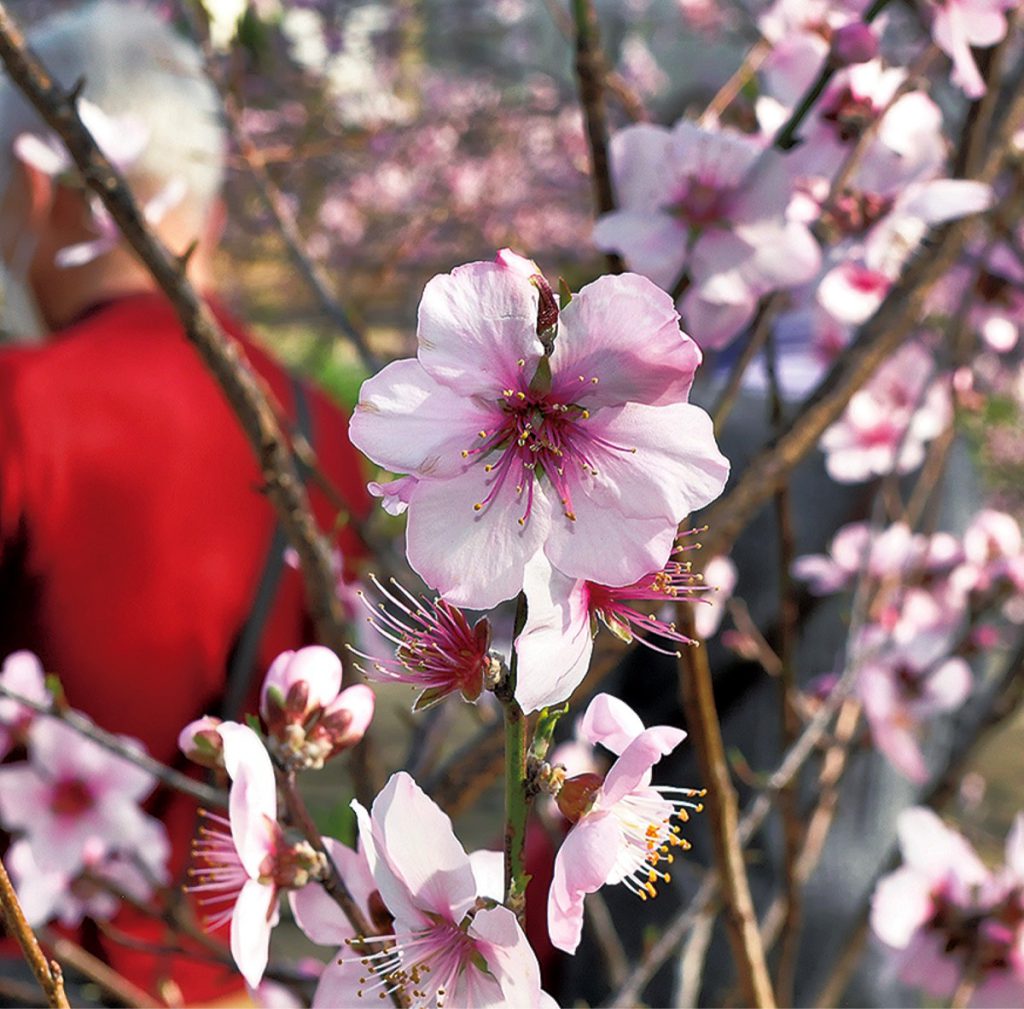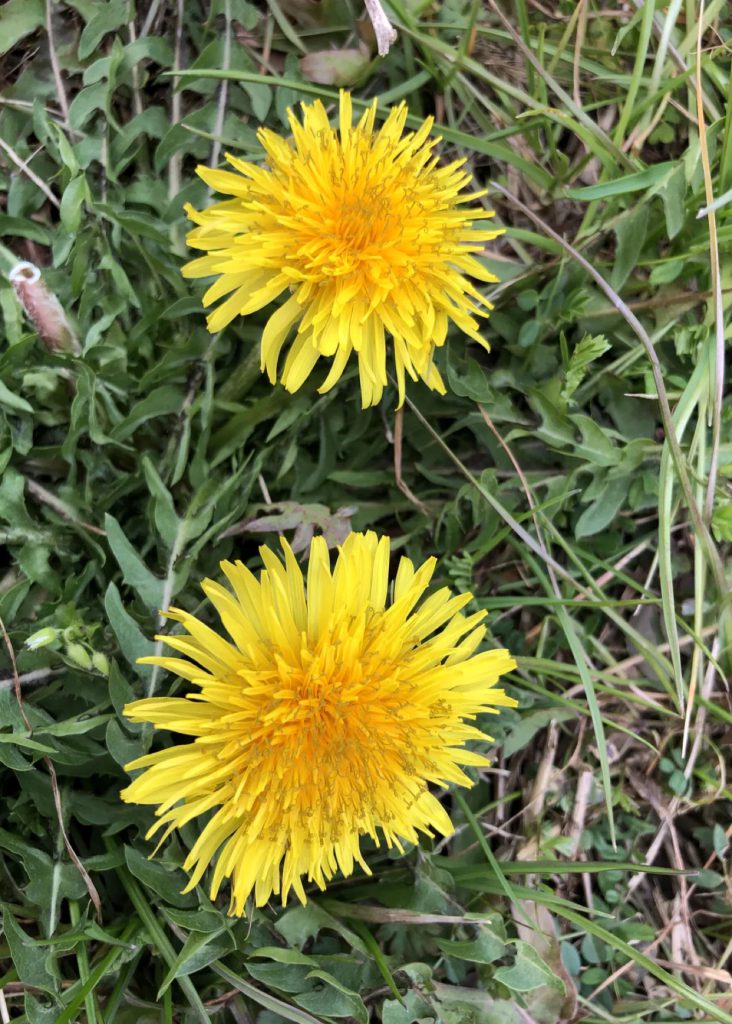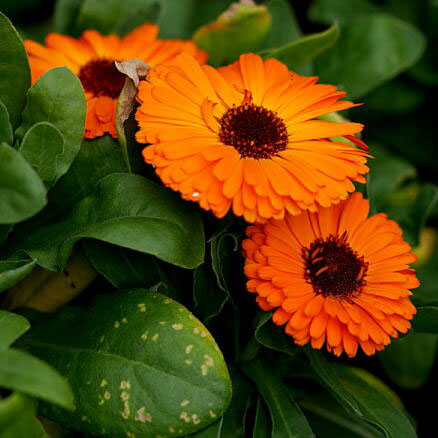
Today is Shunbun-no-hi (the day of the spring equinox), and Higan-no-chunichi (the middle day of the equinoctial week). The representative flower of the autumn equinoctial week is “Higanbana (cluster amaryllis)”, but what is the representative flower of the spring equinoctial week? There are various opinions, but it seems to be “Kinsenka (Calendula officinalis)”. This ” Shunbun-no-hi” was originally renamed from the “Spring Emperor’s Festival” that was in the old law. Spring Emperor’s Festival is one of the rituals of the Imperial Palace that is still held today, and is a grand festival of the Emperor’s family held twice a year on the spring and the autumn. Astronomically, it is the day when the south-middle altitude (the height of the sun at noon) is 90 degrees on the equator, that is, just above the head, and it is about 55 degrees in Japan. It is often referred to as “a day when the lengths of day and night are equal”, but in reality it seems that day is a little longer. In this way, like the Emperor’s event, the movement of the sun has been precisely observed and of interest since ancient times. Many Japanese holidays used to be fixed, but now they move from year to year to increase consecutive holidays. However, the spring equinox day and autumnal equinox day have changed from ancient times to years.
今日は春分の日、お彼岸の中日でもあります。秋のお彼岸の代表的な花といえば「彼岸花」ですが、春のお彼岸を代表する花はなんでしょう。いろいろ意見はありますが、いちおう「キンセンカ」のようです。この「春分の日」はもとは旧法にあった「春季皇霊祭」から改称された日です。春季皇霊祭は、現在でも行われている宮中祭祀の一つで、毎年2回、春分の日と秋分の日(秋季皇霊祭)に行われる天皇家の大祭です。天文学的には、赤道上で南中高度(正午の太陽の高さ)が90度、つまり頭の真上にくる日で、日本では大体55度くらいです。しばしば「昼と夜の長さが等しくなる日」といわれますが、実際は昼の方が少し長いようです。この様に、天皇家もそうですが、もっと古くから太陽の動きは精密に観測され、関心が持たれてきました。日本の祝日も、以前は固定した日が多かったですが、今は連休を増やす為に年によって移動します。しかし、春分の日と秋分の日は昔から年によって変わりました。

